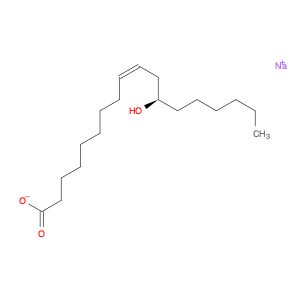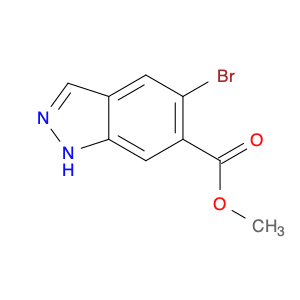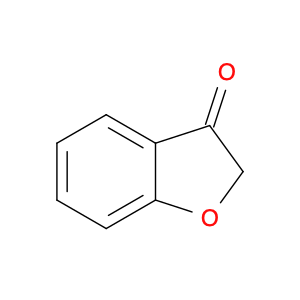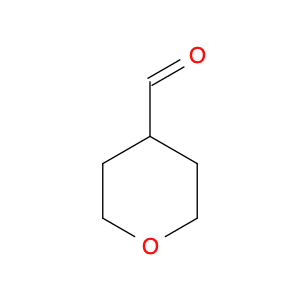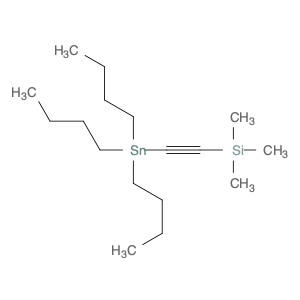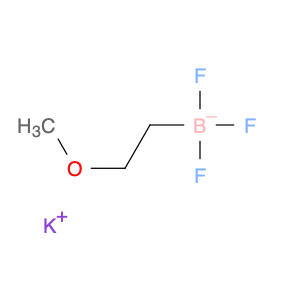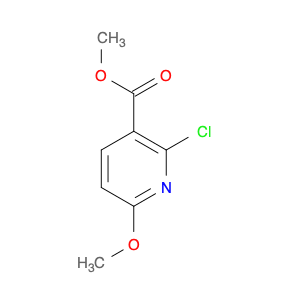Sodium (R,Z)-12-hydroxyoctadec-9-enoate, also known as $name$, is a versatile compound commonly employed in chemical synthesis for its unique properties and reactivity. This compound serves as an important reagent in the synthesis of various organic compounds, particularly in the production of fatty acids, esters, and lipid derivatives. In chemical reactions, $name$ can participate in nucleophilic substitution reactions, esterification reactions, and polymerization processes.Additionally, $name$ can be utilized as a surfactant or emulsifier in various formulations due to its amphiphilic nature, which allows it to lower surface tension and enhance the solubility of organic molecules in aqueous solutions. Its hydrophobic tail and hydrophilic head group make it an effective ingredient in the preparation of emulsions, creams, and lotions in the cosmetic and pharmaceutical industries.$name$ is also widely used as a precursor in the synthesis of bioactive molecules, such as prostaglandins, which play crucial roles in inflammation, immune response, and other physiological processes. Its ability to undergo selective chemical transformations makes it a valuable building block for the preparation of pharmaceutical intermediates and natural product derivatives.Moreover, $name$ has found application in the development of functional materials, including biodegradable polymers, coatings, and adhesives, where its unique molecular structure imparts specific properties such as flexibility, adhesion, and biocompatibility. Its incorporation into polymer matrices can modulate the material's mechanical strength, thermal stability, and biodegradability, making it a valuable component in polymer chemistry and material science.In summary, Sodium (R,Z)-12-hydroxyoctadec-9-enoate plays a crucial role in chemical synthesis by serving as a versatile building block for the preparation of organic compounds, surfactants, bioactive molecules, and functional materials, contributing to a wide range of industries and applications.
 sales@aaronchem.com
sales@aaronchem.com
